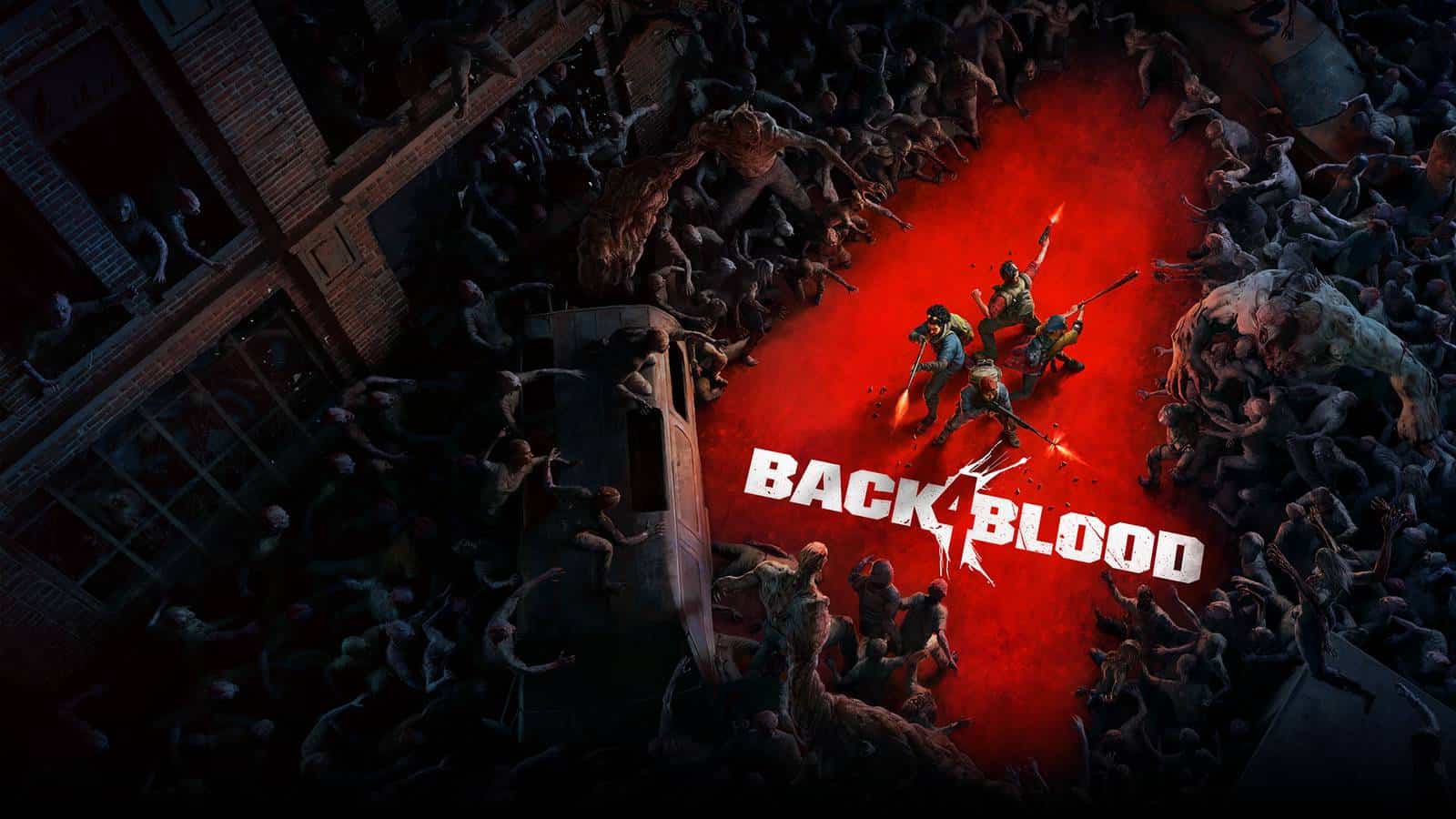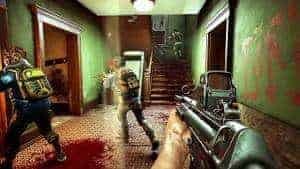
As an avid gamer and laptop enthusiast, I understand that finding the best laptop for Back 4 Blood can be a challenging task. This cooperative first-person shooter requires a powerful machine to deliver a smooth gaming experience, and I'm here to help you find the perfect fit for your needs. I've reviewed an extensive laptop spreadsheet of recent releases, comparing specs and reviews from both professionals and fellow gamers to narrow down the top laptops based on topic-specific requirements and price ranges.
Back 4 Blood is the spiritual successor to the iconic Left 4 Dead series, and its demanding graphics, dynamic AI, and fast-paced gameplay require a laptop that can keep up. With the game's ray tracing support and DLSS technology, you'll want a machine that can take advantage of these features to enhance your gaming experience. We'll be focusing on laptops with powerful GPUs, high-refresh-rate displays, and ample RAM to ensure that you can enjoy Back 4 Blood in all its glory without any hiccups.
In my quest to find the best laptop for Back 4 Blood, I've taken into account the game's system requirements, the advice of the Back 4 Blood community on forums and social media, and my own experience playing the game. I'll be recommending laptops that not only deliver outstanding performance but also provide great value for money. Whether you're a seasoned player looking to upgrade your current setup or a newcomer to the world of zombie-slaying, my carefully curated list will help you find the ideal machine to conquer the Ridden hordes and emerge victorious in this thrilling cooperative experience.
Processor
Requirements

Back 4 Blood is a CPU-intensive game, especially if you care to bump up the physics settings. That's why I recommend opting for at least a mid-range Core i5 processor. If you're looking for an abundant framerate (120+), then you'll need to consider the latest Intel's 11th generation Core i7/i9 and AMD's 5th generation Ryzen 7 and Ryzen 9.
The GPU will take over once the framerate gets too high. The more powerful the GPU, the more demanding it will be on your processor. Keep that in mind when trying to determine which GPU is best for you.
Recommendations
So, in short, what can I suggest in this sea of options? An excellent place to start is to look for one of the following CPUs:
- i5-1035G1 – minimum recommended processor
- i7-1165G7 – perfect match for a mid-range gaming "rig"
- Ryzen 9 5900HS – best for 4K and high refresh rate displays
- B4B is a CPU-intensive game, so you'll need at least a mid-range Core i5 processor for stable FPS
- you'll need the latest Intel's 11th generation Core i7/i9 and AMD's 5th generation Ryzen 7 and Ryzen 9 if you want high FPS on high graphics settings
- choose your GPU based on your budget and performance expectations
Graphics card
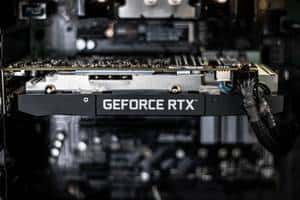
If you're reading this article, chances are you've already made up your mind about the type of graphics card you want. I'll cut to the chase and list my recommendations for playing Back 4 Blood:
Minimum graphics (under $1000)
I recommend GTX 1650 as a graphics card. But, as always, I'm mindful of the budget constraint. If you have no choice but to go with integrated graphics, I can at least give some hope – they are not totally useless for this game. Still, if you want the most out of Back 4 Blood, it's advisable to upgrade to a dedicated GPU. To achieve these two requirements at once is easier said than done. And if your wallet is not deep enough for an RTX 2060 or higher, then you'll need to accept its consequences – 30 FPS on ultra settings with RTX 1650 is your best bet for now.
Recommended graphics ($1000 – $2000)
For those with a larger budget, my recommendation is RTX 2060 or GTX 1660 Ti mobile variant. The former delivers 130 FPS on ultra settings with Full HD resolution and 144Hz refresh rate panel. Meanwhile, the latter does nearly as well on 1080p display (125 FPS). Both are easily capable of running Back 4 Blood without breaking a sweat.
You can even go for Nvidia's latest model – RTX 2070 Mobile or GTX 1670 Ti Mobile if you're willing to spend extra dough on the cutting edge performance improvements they offer over their predecessors – i.e., 5% more FPS on all settings at any given time. That might not sound like much, but it could be the difference between victory and defeat in some close encounters during an intense game session of Back 4 Blood.
Best graphics ($3000+)
If you're fortunate enough to afford an RTX 3080 Mobile or an equivalent GTX 2080 Mobile card then you've hit pay dirt with both Cyberpunk 2077 and Back 4 Blood. For these demanding games, expect between 130-150 FPS at maximum settings with high refresh rate panels (144Hz). It doesn't get better than that!
- if you're willing to spend extra dough, get RTX 2070 Mobile or GTX 1670 Ti Mobile over their predecessors (GTX 1660 Ti and RTX 2060) for better performance in Back 4 Blood (5% more FPS)
- for minimum graphics, I recommend GTX 1650 (for laptops) or GTX 1660 Ti (for desktops) over integrated graphics (iGPU) if you can afford them
- for recommended graphics, I recommend RTX 2060 or GTX 1660 Ti over GTX 1650 for better performance in Back 4 Blood (20% more FPS)
- for best graphics, I recommend RTX 3080 Mobile or GTX 2080 Mobile over RTX 2070 Mobile or GTX 1670 Ti Mobile for better performance in Back 4 Blood (40% more FPS) and Cyberpunk 2077 (30% more FPS)
Memory
Minimum (8-16 GB)
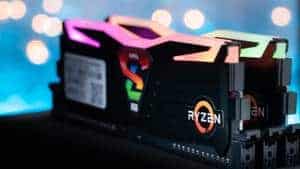
First of all, I should mention that you could get away buying an 8GB RAM laptop. Though that's acceptable in a single situation – you're on an uncomfortably tight budget, and you could upgrade the 8GB laptop with an extra RAM stick.
Recommended (16 GB)
If you aren't in this situation – stick with 16 GB. That's the sweet spot for gaming, work, and everything in-between. I might consider 32 GB to be more future-oriented than 16 GB, but if you don't particularly care whether you're ahead of the pack or not – 16 GB is still a considerable amount of memory for most.
Best (32 GB)
Let me ask you a couple of questions. Do you care about streaming your gameplay, keeping multiple games open, or using Chrome 100 tabs open? If that sounds like you – consider paying a premium for a 32GB model. Is there a benefit going beyond that? Sure, the more, the merrier, but it's not necessary by any standard, and I'd instead invest in other components, such as CPU or GPU.
- get away buying an 8GB RAM laptop =image of a man in a blindfold with a laptop and a calculator in his hands (with 8 and 16 written on it) and 2 empty slots next to it (for RAM sticks)
- recommended (16 GB) =image of a person opening up their laptop and sticking in RAM sticks into empty slots (with 16 written on it) and 2 empty slots next to it (for RAM sticks)
- best (32 GB) =image of a person opening
Storage
HDD vs. SSD

We'll skip the long and drawn-out debate between HDDs and SSDs. We'll instead focus on laptops with SSDs – they're simply more suitable for playing Back 4 Blood. The performance differences are negligible, but there are significant benefits that SSDs offer – lower power draw, less sound, less need for defragmentation, and less impact on your laptop's cooling system.
Picking an SSD
Now let's talk about the kind of SSD we should be looking for. For starters, we need an NVMe PCI-e M.2 drive – it has faster read/write speeds than SATA drives and is also much faster than other variants like SATA III (see our other article on these). Second, we need to find out how much space we need – 256 GB might be enough for many people, but those who plan to store lots of movies or install many games will require more space at first (up to 512 GB). Third, we should check if the laptop supports additional M.2 storage – if so, you could use it as a back-up or to store non-essential data like music or photos. Finally, make sure that you don't exceed the maximum capacity of your M.2 slot by adding another drive – otherwise you risk voided warranty or damage to your computer!
Recommendations
All in all, our recommendation would be to go with a laptop with an NVMe PCI-e M.2 SSD and either a slot for expansion or an extra hard drive. If you're not sure how much space you need, 256 GB is usually enough for most people.If you need more space, go for a 512 GB SSD.
- for best gaming experience, we should pick laptops with SSDs
- we should look for NVMe PCI-e M.2 drives with at least 256 GB of storage space
- we should avoid exceeding the maximum capacity of our M.2 slot by adding another drive
Display
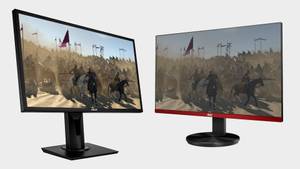
The first thing you need to know about choosing a laptop for Back 4 Blood is that this game doesn't require high framerates. Instead, it demands an intense graphics card – preferably with a GTX 1080 or RTX 2080. And, to take advantage of all those pixels, the best laptop display for Back 4 Blood will be an IPS display with vivid colors.
Resolution
Resolution is always important – but only if you're playing on the laptop's native resolution. Most laptops come with FHD displays, and if you're gaming on Full HD, I recommend looking into QHD (1440p). If you want to take advantage of your expensive graphics card – you'll need a 4K (3840×2160) display. You can find some really nice IPS monitors in this resolution, too.
Refresh rate
This game isn't particularly demanding on framerate, so it's not worth splurging on a high refresh rate. It would be better to prioritize resolution or panel type instead.
Response time
I don't recommend spending money on reducing input latency – unless you're playing competitively and are happy with your current input latency levels. If you're not, there are other ways to tweak response time (notably Windows 10 settings).
Adaptive sync
If you're going for a high refresh rate display – adaptive sync is a viable option worth considering.
- most laptops come with Full HD displays, so if you want to take advantage of your graphics card – look into QHD (1440p) or 4K (3840×2160) displays
- this game isn't particularly demanding on framerate, so it's not worth splurging on a high refresh rate display – but if you want one – go for adaptive sync panels
- Back 4 Blood is not a competitive game, so response time is not as important as it is for competitive games such as CS:GO or Overwatch
Back 4 Blood FAQ
Q: Can I play Back 4 Blood on a laptop?
Absolutely! Back 4 Blood is a highly anticipated co-op zombie first-person shooter, and it's not just limited to desktop gaming. Many gaming laptops today are equipped with powerful hardware that can handle demanding games like Back 4 Blood with ease.
What are the recommended laptop specs for Back 4 Blood?
To fully enjoy Back 4 Blood, we recommend a laptop with at least 16 GB of RAM, 512 GB SSD storage, an FHD IPS display, and a GTX 1660 Ti or higher graphics card. These specifications will ensure smooth gameplay and an immersive experience.
Best laptops for playing Back 4 Blood?
There are several great options available for playing Back 4 Blood. Here are a few recommendations at different price points:
-
Lenovo ThinkPad P16 G1 – Starting at $290, this laptop offers a balance of performance and affordability, making it an excellent choice for budget-conscious gamers.
-
HP 17 – With prices starting at $330, the HP 17 is a solid mid-range option that delivers a good mix of performance and features.
-
ASUS ROG Strix Scar – Priced at $2,310, this gaming laptop packs a punch with its high-end components, ensuring a smooth and enjoyable gaming experience.
-
Lenovo Legion Pro 7i 16 – For those seeking top-of-the-line performance, the Lenovo Legion Pro 7i 16 is the ultimate gaming laptop. With a price tag of $3,390, it's equipped with the latest hardware to handle the most demanding games, including Back 4 Blood.
Minimum laptop requirements for Back 4 Blood?
The minimum laptop requirements for Back 4 Blood are as follows:
- 8 GB of RAM
- 256 GB SSD storage
- FHD TN display
- GTX 1650 or equivalent graphics card
- i5-1035G1 or equivalent processor
While meeting these minimum requirements will allow you to play the game, keep in mind that you may need to lower the graphics settings to achieve smooth gameplay.
Can I run Back 4 Blood on a budget laptop?
Yes, you can run Back 4 Blood on a budget laptop. However, you may need to compromise on some visual settings to achieve smoother gameplay. For budget-conscious gamers, we recommend laptops with at least an i5-1035G1 processor, 8 GB of RAM, a 256 GB SSD, and a GTX 1650 or equivalent graphics card.
Is a gaming laptop necessary for playing Back 4 Blood?
While a gaming laptop is not necessary to play Back 4 Blood, it is highly recommended for the best gaming experience. Gaming laptops are specifically designed to handle the demanding hardware requirements of modern games. They offer better cooling, dedicated graphics cards, and faster processors, ensuring smooth gameplay and optimal performance.
How much RAM do I need to play Back 4 Blood on a laptop?
To play Back 4 Blood on a laptop, we recommend having at least 16 GB of RAM. This amount of memory will allow the game to run smoothly and prevent any potential lag or stuttering during intense gameplay moments.
Can I play Back 4 Blood on an integrated graphics laptop?
Back 4 Blood requires a dedicated graphics card to run smoothly, so playing it on an integrated graphics laptop may not provide the best experience. Integrated graphics typically have lower performance capabilities compared to dedicated graphics cards, which can result in lower frame rates and graphical quality. To fully enjoy Back 4 Blood, we recommend a laptop with a dedicated graphics card, such as a GTX 1660 Ti or higher.
What are the graphics card requirements for Back 4 Blood on a laptop?
To meet the graphics card requirements for Back 4 Blood on a laptop, you'll need at least a GTX 1650 or equivalent graphics card. However, for a better gaming experience with higher graphics settings and smoother gameplay, we recommend a GTX 1660 Ti or higher, such as an RTX 2060.
How to optimize a laptop for Back 4 Blood gaming?
To optimize your laptop for Back 4 Blood gaming, here are a few tips:
-
Keep your drivers up to date: Regularly update your graphics card drivers to ensure compatibility with the latest game updates and performance optimizations.
-
Close unnecessary background applications: Close any unnecessary programs running in the background to free up system resources and ensure maximum performance.
-
Adjust in-game settings: Experiment with different graphics settings to find the right balance between visual quality and performance.
null
Table of Best Laptops for {topic}
| Laptop | Price (approx) |
4 Best Laptops for Back 4 Blood
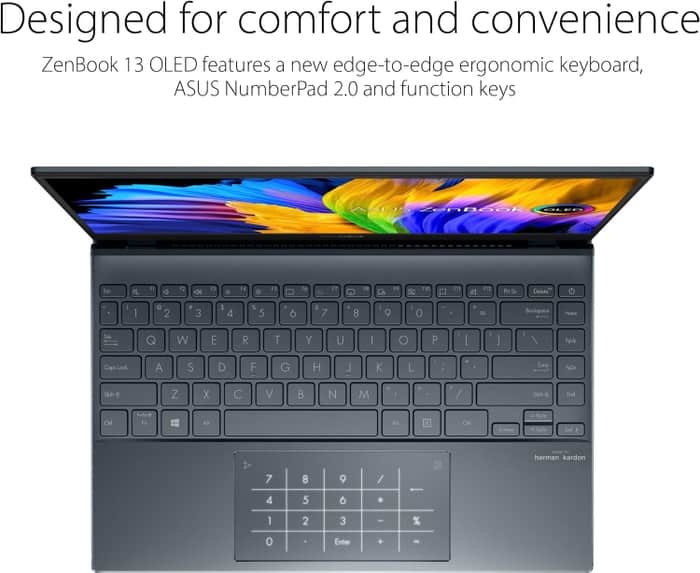
1.ASUS ZenBook 13 UX325EA-EH71
ASUS ZenBook 13 UX325EA-EH71: Sleek and Powerful, but Lacks Audio Quality.- Sleek, lightweight frame
- Powerful overall and gaming performance
- Excellent battery life
- Very comfortable keyboard
- Weak speakers
- Display could be brighter
- No headphone jack
Summary
The ASUS ZenBook 13 UX325EA-EH71 is a sleek and lightweight laptop that offers great power and longevity with Intel's new 11th Gen chips. It excels in overall and gaming performance, has excellent battery life, and a comfortable keyboard. However, it falls short in audio quality, with weak speakers and the absence of a headphone jack.
Reviews
Alternatives
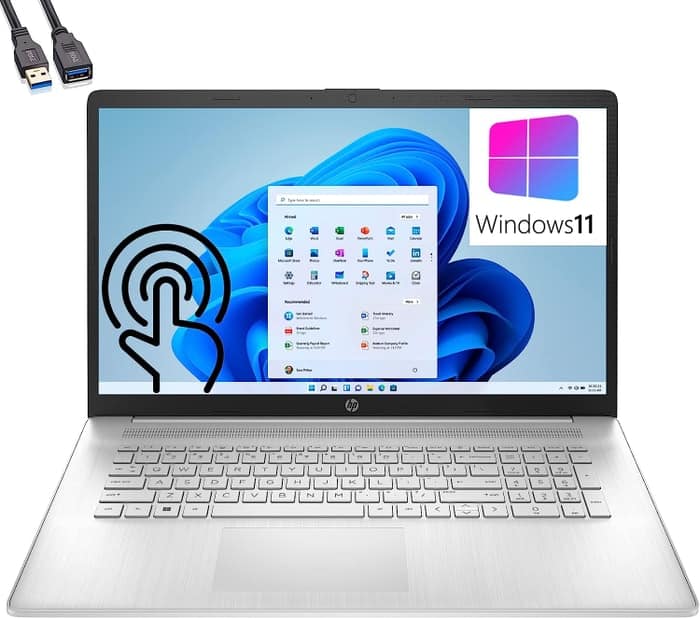
HP 17
- Excellent memory amount (64GB)
- Featherweight (0.37 lbs)
- No IPS Panel (inferior color reproduction)

2.ASUS TUF Dash F15
ASUS TUF Dash F15: A powerful and competitively priced laptop, but watch out for the screen options.- Lightweight and well-built
- Good variety of screen options, including FHD 300Hz
- More powerful than previous generation
- Decent battery life with USB-C charging support
- Some quirks affecting everyday ergonomics
- Ports are mostly located on the left edge
- Avoid the FHD 144Hz panel option
Summary
The ASUS TUF Dash F15 is a well-built and lightweight laptop that offers good performance for its price. With a variety of screen options, including a FHD 300Hz display, it provides a great viewing experience. However, there are some quirks and the FHD 144Hz panel option should be avoided.
Reviews
Alternatives
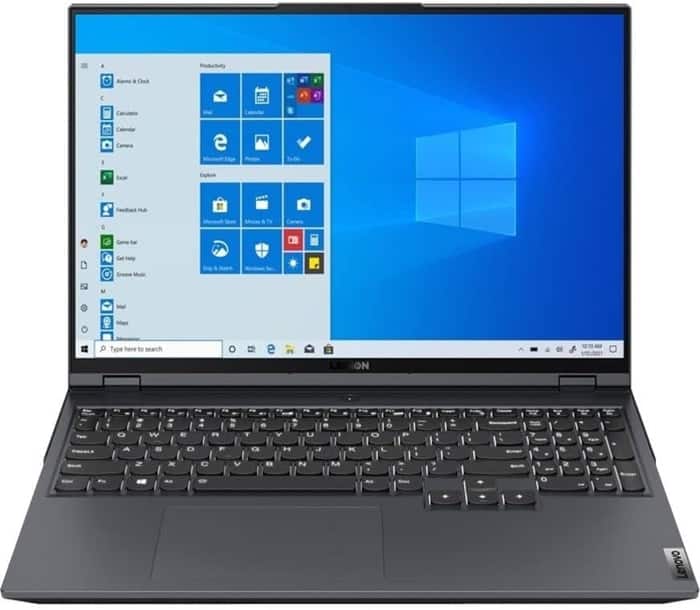
Lenovo Legion 5i Pro 16
- Stylish, sleek form factor
- Gorgeous display
- Webcam quality is poor
- No biometrics
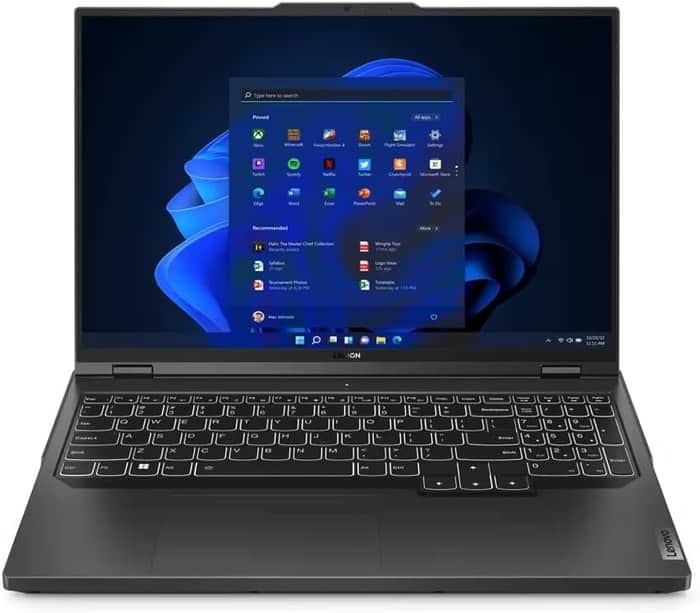
3.Lenovo Legion Pro 5
Lenovo Legion Pro 5 offers solid performance and value, but falls short in battery life and audio quality.- Good build quality and design
- Good screen and IO
- Competent CPU with multiple GPU options
- Competitively priced
- No Thunderbolt or biometrics
- Not as powerful as other i9 HX implementations
- Hotspots during gaming
- Poor speakers
Summary
The Lenovo Legion Pro 5 is a well-built mid-tier laptop with a good screen and inputs, making it a good choice for those looking for solid performance and value. However, it does have some drawbacks such as limited battery life, hotspots during sustained loads, and lacking speakers.
Reviews
Alternatives
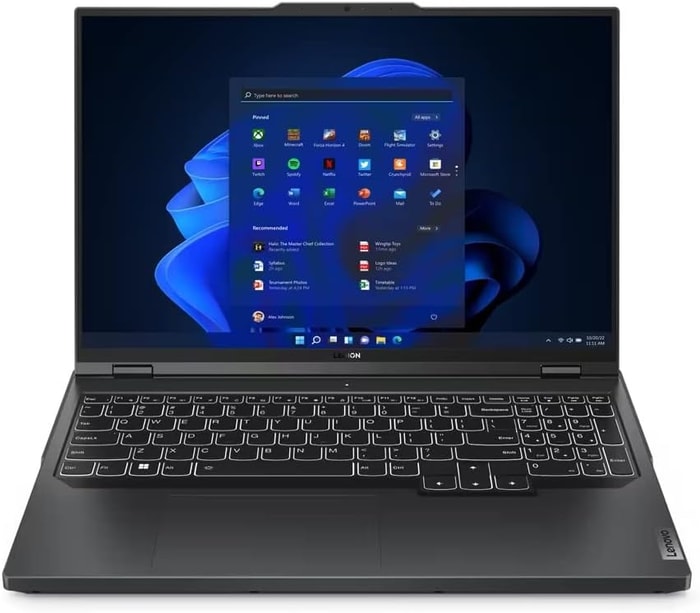 $2,840
$2,840Lenovo Legion Pro 5
- Strong performance for the price
- Quality build and port selection
- Display quality and battery life are just decent
- Bulky and heavy

4.Lenovo Legion Pro 7i 16
Lenovo Legion Pro 7i 16: A sleek and powerful gaming laptop at a justifiable price point.- Strong overall performance
- Big, bright, and fast display
- Per-key RGB lighting
- Some flex to keyboard deck
- Poor battery life
Summary
The Lenovo Legion Pro 7i 16 impresses with its powerful i9-13900HX processor and RTX 4090 graphics card, delivering excellent performance. It offers a sleek design that hides its gamer-centric features and comes at a reasonable price compared to its competitors.
Alternatives

HP Omen 17
- QHD display with 165 Hz refresh rate
- Expandable working memory
- Slightly below
Table of the Best Laptops for Back 4 Blood
| Laptop | Price (approx) |
| ASUS ZenBook 13 UX325EA-EH71 | $730 |
| ASUS TUF Dash F15 | $1,160 |
| Lenovo Legion Pro 5 | $2,630 |
| Lenovo Legion Pro 7i 16 | $3,390 |

